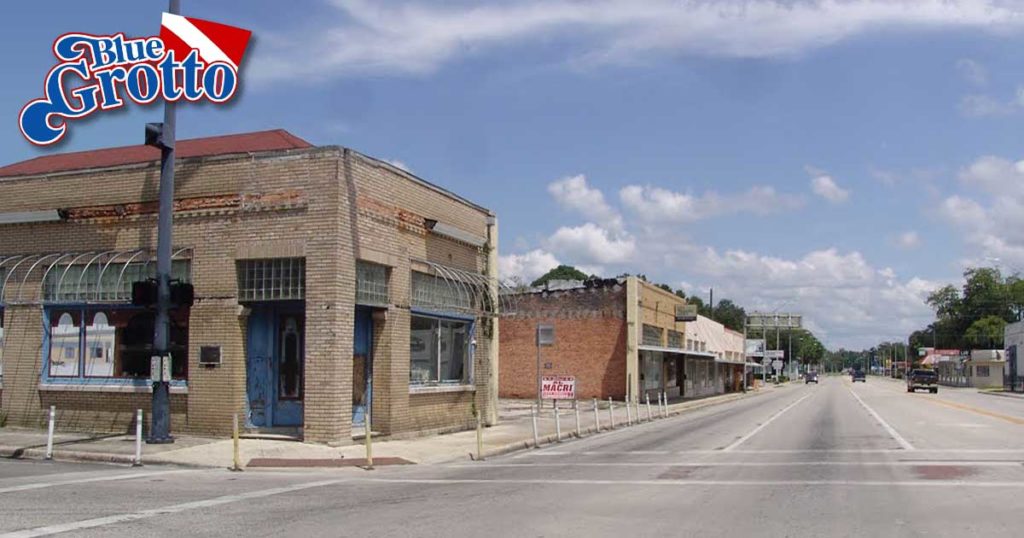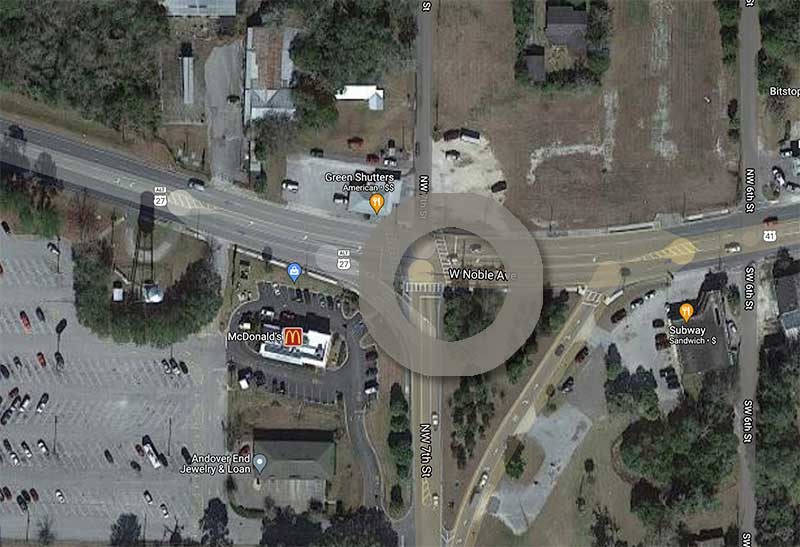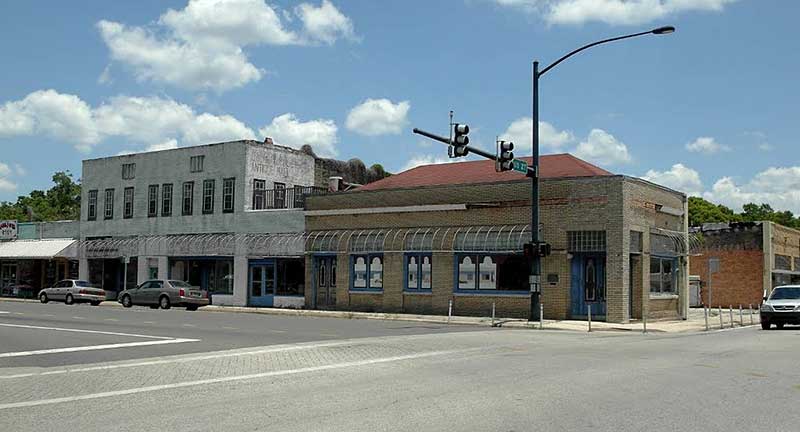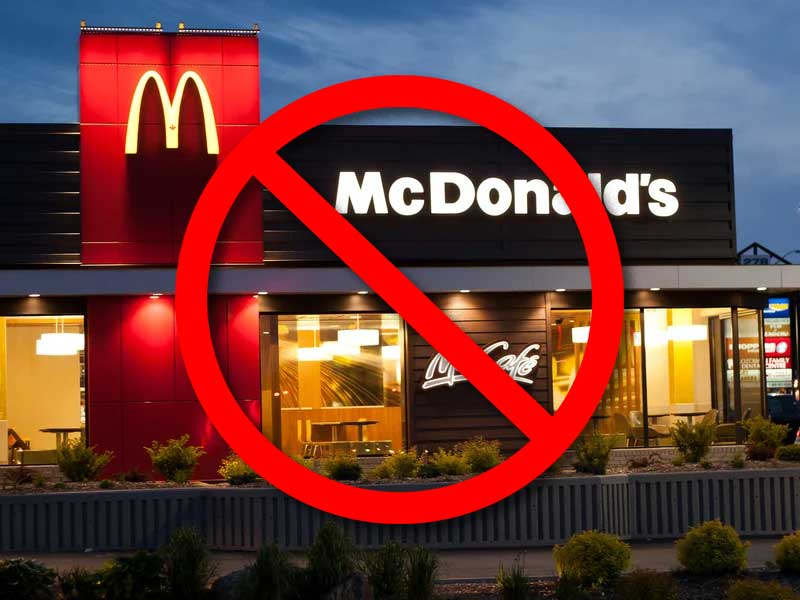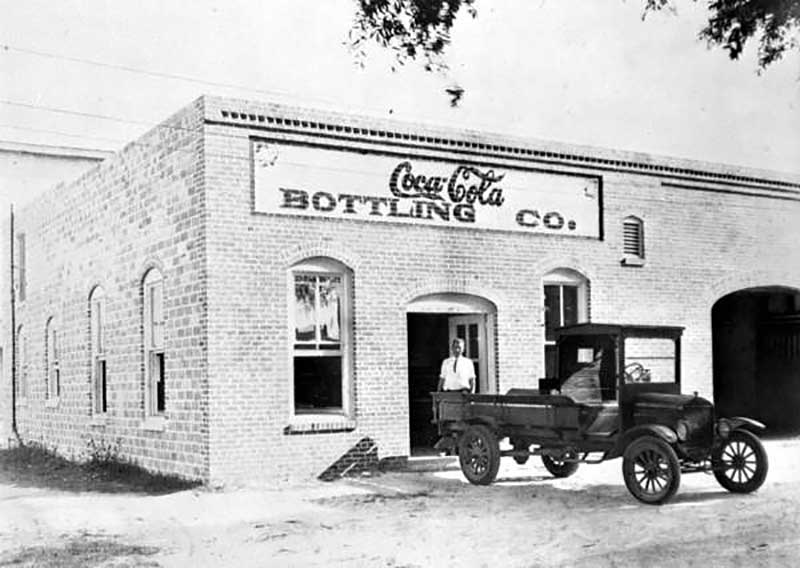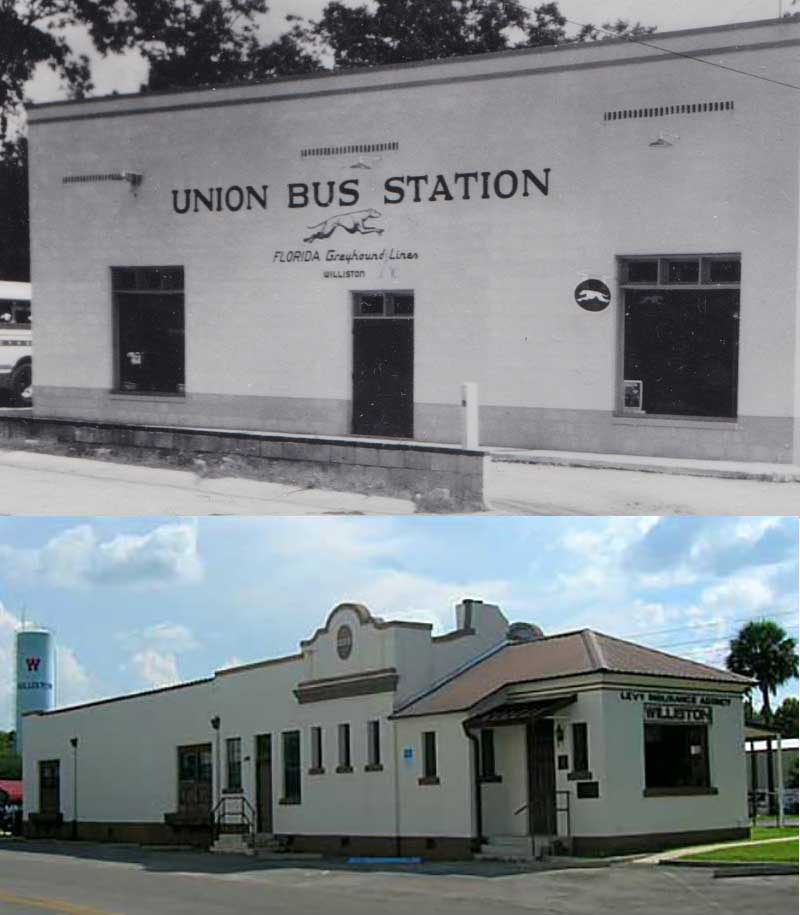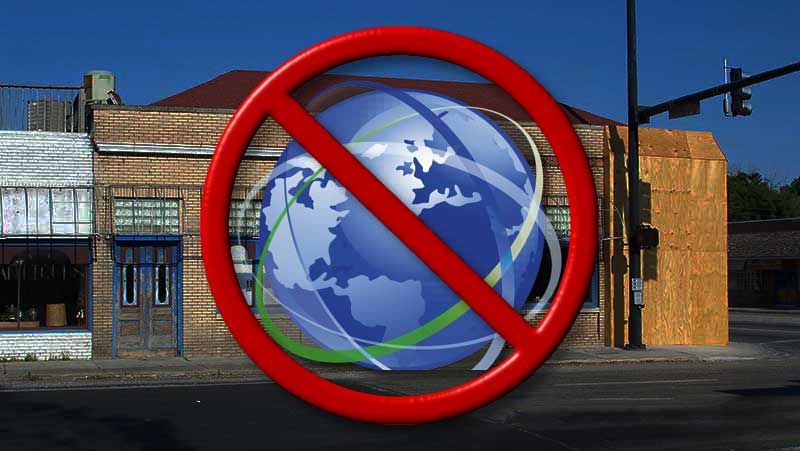No matter which direction you come from, getting to Blue Grotto almost always involves passing through the nearby town of Williston. You may think of Williston as just another small town in rural north Florida. It isn’.t
Compared to the early 1960s, when Tom McQuarrie first purchased what would become Blue Grotto, today’s Williston is a burgeoning metropolis. So you can better see what’s changed, ere are ten things about 1960s Williston you may not know.
1 There were no divided highways
Today, the two major routes leading into Williston are US-27 and Alt-27. Both are four-lane, divided highways with 65 mph speed limits. This is a relatively recent development. Both highways began as two-lane asphalt roads.
The roads leading from Archer, Dunnellon and Crystal River (US-41 and SR-121) were also paved. Nearly all other local roads were dirt.
Okay, the Grotto sits on a dirt road. But that road is wide enough for vehicles to pass, and the county grades it at least once a month. In the early 1960s, it was little more than two tire tracks.
2 There was, however, a traffic circle
This is something many current Williston residents aren’t aware of. In the 1960s, the intersection where you find the Winn-Dixie and McDonald’s wasn’t an intersection at all. Nor was there a traffic light. Instead, there was a traffic circle.
Today it is hard to determine where the traffic circle was. There is no trace of it left.
3 Not much when you got here
The Williston of the 1960s consisted of little more than the 100-plus-year-old commercial buildings that comprise the heart of downtown. There wasn’t much to see if you went more than a few blocks in any direction.
As is true of so many small towns, most of these once-thriving commercial establishments now stand vacant. However, there is always hope that someone will figure out a way to bring them back to life.
4 No fast food of any kind
Today, Williston hosts most of the usual fast-food establishments. You’ll find McDonald’s, Popeye’s, Hardee’s, Taco Bell and Pizza Hut.
These weren’t around when Tom McQuarrie opened Blue Grotto. Dining establishments were limited to locally owned, mom-and-pop eateries. These have either vanished or morphed through multiple incarnations and owners.
5 Coke bottled locally
Today, the closest Coca-Cola bottlers are located more than 30 miles away in Gainesville and Ocala. In times past, however, Williston had its own tiny Coca-Cola bottler.
In the end, economy of scale won out. Now America’s favorite fizzy soft drink is trucked in from at least 35 minutes away.
6 Cucumbers galore
Williston was founded in 1885 by Dr. Jesse M. Willis. (When you start a town, you get to name it after yourself.)
Dr. Willis also established a nearby plantation. We assume that among the crops he grew were cucumbers. In any event, Williston soon became among the world’s leading producers of this popular vegetable. At one time, over 75 carloads of cucumbers were shipped from Williston each day.
7 You could arrive by bus or train
Even in rural towns, “a car in every garage” didn’t become a thing until after World War II. Before then, most Floridians traveled between towns via bus or rail.
The Willison of the early 1900s had a railroad station and a Greyhound bus terminal. Today, the nearest Greyhound stations are 35 minutes away in Gainesville and Ocala. The closest Amtrak station is 75 minutes away in Palatka.
8 Williston had its own high school
When Blue Grotto opened, Williston had just built a brand-new high school. A declining student population and an aging infrastructure caused Levy County to consolidate this info the oddly named Williston Middle High School located just south of town.
The original high school sat abandoned for several years. Recently, the county sold the property to developers who promptly demolished the high school building. Today there is a Popeye’s and a Tractor Supply on the site with more businesses under construction.
9 There was even a Holiday Inn
By the time Blue Grotto opened in 1965, there was already an early version of I-75 available to travelers. It was relatively new, though. Before this, most travelers from the Midwest passed through Williston on their way to south Florida. This created a demand for overnight accommodations that doesn’t exist now.
In the early 1960s, most of the motel chains we know today didn’t exist. The sole exception was Holiday Inn. Unlike the Holiday Inn Express structures we see today, the original Holiday Inns were classic drive-up motels offering modern accommodations and a consistent level of quality.
The Williston Holiday Inn was located at the traffic circle. Eventually, though, Holiday Inn pulled its franchise as it shifted to the Holiday Inn Express model. Sadly, whoever continued to operate the property did not maintain it. People soon started referring to it as the Roach Motel.
What was left of this once-proud establishment was demolished a few years back. Today, all that remains is an empty lot awaiting redevelopment.
10 A world away
People living in Williston in the early 1960s had no cable TV and no Internet. With the right antenna, you might be able to pick up a signal from one of the Gainesville or Ocala TV stations. Most folks, however, didn’t bother. Their sole access to news was through magazines and newspapers.
We assume Williston had a single movie theater. We could be wrong though and, if there was one, we don’t know where. There were no Blockbusters renting VHS tapes or DVDs. Such things didn’t even exist back then.
As a result, most people in rural Florida were cut off from the rest of the world. Today, it is hard to imagine what such a life was like. Suffice it to say, this led to some very interesting attitudes toward outsiders.
Imagine what it was like
The next time you drive through Williston, try mentally erasing the things that did not exist in Tom McQuarrie’s day. Imagine what life was like back then. It was a very different world.


